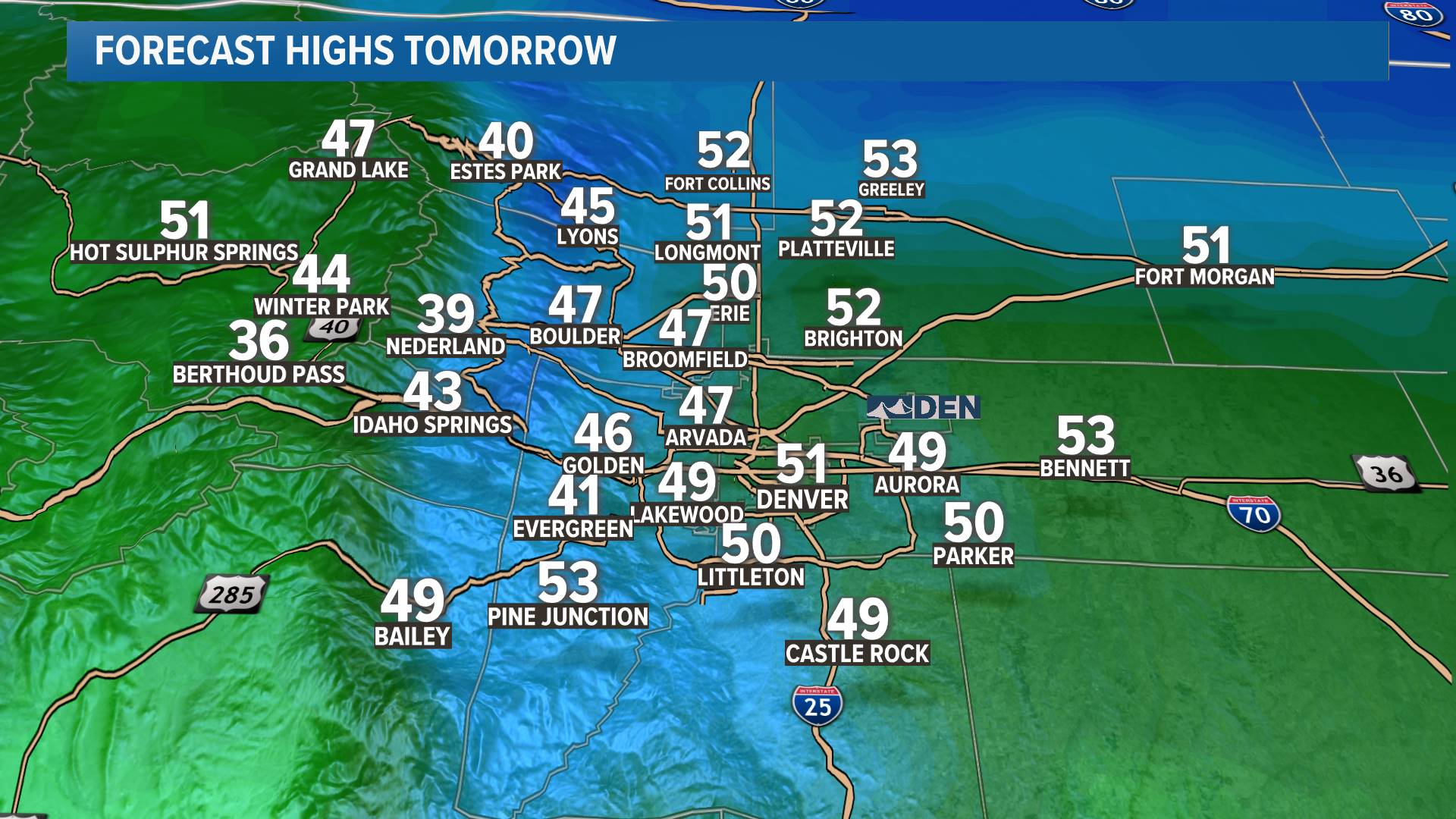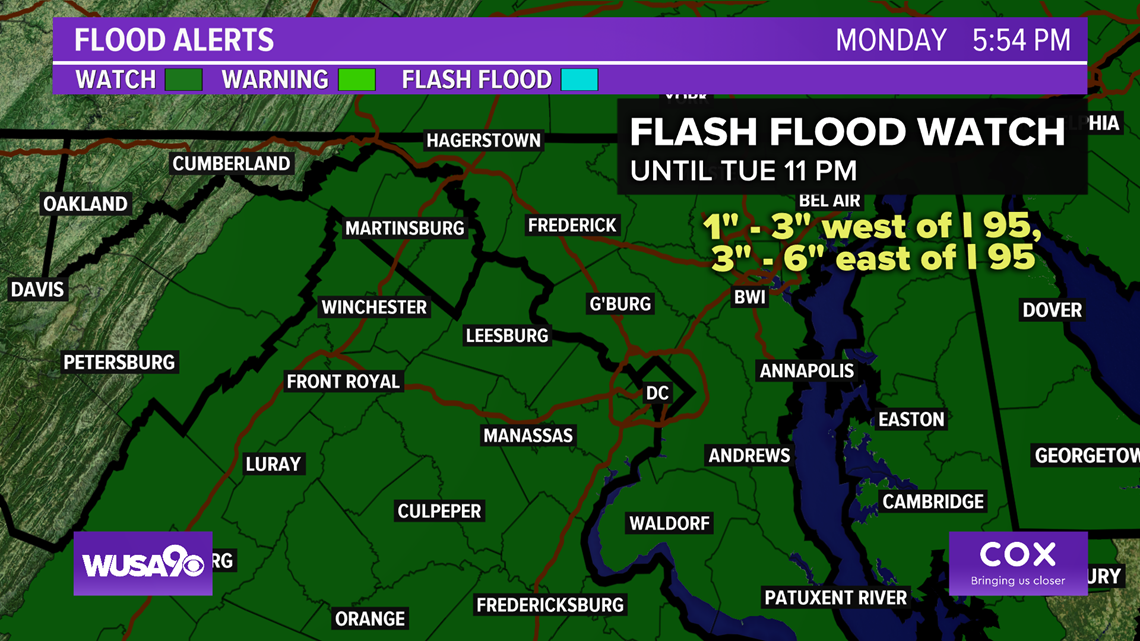

Rainfall totals could range from one-quarter to over an inch. It will remain breezy with winds easing during the afternoon. Lingering showers are possible on Sunday, especially for the first half of the day. Saturday brings areas of rain and gusts to 30 miles per hour. Northeast winds will increase Friday afternoon with sustained winds between 15-20 miles per hour. Clouds will increase Friday with rain, moderate to heaving at times, arriving as early as Friday night. Uncertainty surrounds the storm's path, and it will determine the rainfall we receive. It will bring gusty winds, clouds, and rain chances for the first half of the weekend. Highs then will be around 80 degrees.įirst Alert Weather continues to monitor a disturbance forming off the southeast coast. Sunrise readings mainly in the 50s will make for a chilly start Thursday. THURSDAY: Partly Cloudy Highs: around 80 Winds: Northeast 5-10 mph FRIDAY: Mostly Cloudy, Breezy Highs: near 75 Winds: Northeast 10-20 mphĪfter a brilliant sunset around 7:00 this evening, skies will stay mainly clear as temperatures tumble though the 60s. Lifeguards can give you advice on waves if you’re planning to go into the water.TONIGHT: Mainly Clear Lows: 52-62 Winds: Light If the arrow is parallel to or pointing away from land, the wave height is likely to be lower

If the arrow points towards land, most of the waves’ power will reach

It indicates how sheltered theīeach will be from these waves. The arrow shows the average direction of the waves 1-2 miles out to sea. Lifeguards can give youĪdvice on waves if you’re planning to go into the water. Period (more than 10 seconds) means the waves at the beach may be more powerful. This is the average number of seconds between one wave and the next, 1-2 miles out to sea. Read more about calculating the expected height of the waves at the beach. Water, keep an eye on the waves to stop you or your belongings being swept away. Individual waves out to sea or at the beach can be higher than this number. This is the average height of the waves, 1-2 miles out to sea. 11 Extreme - Avoid being outside during midday hours. 8-10 Very high - Spend time in the shade between 11am and 3pm. 6-7 High - Seek shade during midday hours, cover up and wear sunscreen. 3-5 Moderate - Take care during midday hours and do not spend too much time in the sun unprotected. No risk of UV - It’s safe to stay outside. UV exposure index and the protection required to help keep you safe: The higher the percentage of humidity, the wetter it will feel outside. If there is a lot of water vapour, the humidity will be Humidity is the amount of water vapor in the air. Visibility measures the distance at which an object can be clearly seen. Read more about how wind will affect you at the beach. The number is the average wind speed.īeware of offshore winds if you are using inflatables, paddle boards or kayaks. If the arrow points from land to sea, the wind weather dissemina- tion techniques are reviewed. The arrow shows the direction of the wind (up is north). Tomorrow's NAS Concepts and Requirements in Light of the Realities of Today. The number represents the average wind speed expected at that time. The letters show the direction the wind is blowing The arrow shows the direction the wind is blowing. Strong winds are shown in bold for speeds of 29 mph or more. Wind gust shows the highest wind speed that you should encounter at that time, as winds peak and Idea of how the temperature will actually feel at the time. You can see the temperature in Celsius orįeels like temperature considers other factors, such as wind speed and humidity. Windfinder specializes in wind, waves, tides and weather reports & forecasts for wind related sports like kitesurfing, windsurfing, surfing, sailing, fishing or paragliding. in District of Columbia, United States of America. This number shows the air temperature for the time period. This is the wind, wave and weather forecast for Washington D.C. Sleet, snow, hail and drizzle) will fall from the sky at a certain time. Chance of precipitation represents how likely it is that rain (or other types of precipitation, such as


 0 kommentar(er)
0 kommentar(er)
